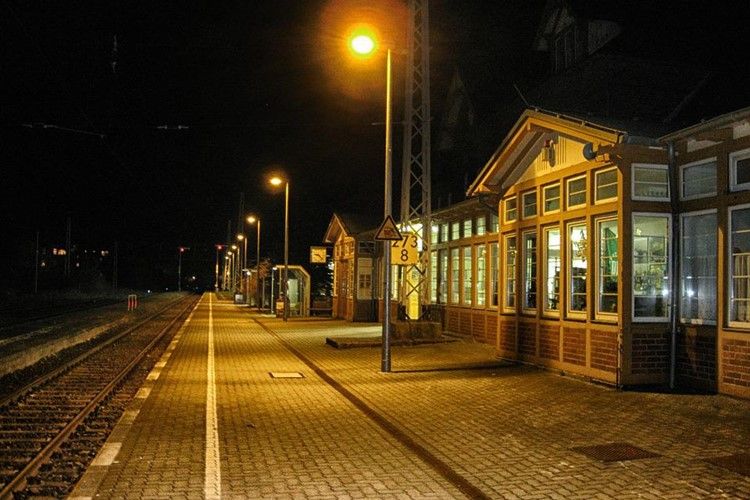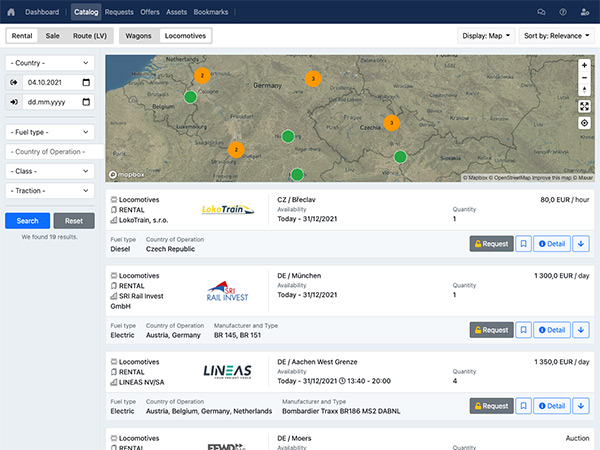Given the strong increase in demand for passenger and freight transport and a rail network that is at the same time highly loaded and prone to disruptions, DB CEO Richard Lutz has called for a paradigm shift in infrastructure. In a telephone press conference in Berlin, he described the rehabilitation of the rail network as a central task in the coming years.
Lutz referred to the current development in the transport markets, according to which passengers and freight customers are fortunately returning to rail faster than expected. "The current demand confirms our basic conviction that the Federal Government's growth and modal shift targets are realistic." Never before have there been so many trains on the German network as these days. However, the route network on which this increasing demand is handled has not grown along with it. At the same time, the substance had deteriorated further because many facilities were outdated and therefore prone to breakdowns. The federal government and the railways have been making changes for some years. However, the truth is that this modernization program has brought with it an unprecedented number of construction sites that cost additional capacity and have massive operational and traffic impacts.
The details of the whole concept and the particular implementation steps in the next few years are to be tackled in close cooperation between the federal government, the railways, and the entire industry. The goal is a public welfare-oriented infrastructure from a single source.
Lutz explains that added that the current operating situation shows as clearly as it does painfully that we have a dilemma that can hardly be resolved in the short term: "Growing and modernizing at the same time is no longer possible with good operating quality and punctuality on too many days and too many corridors. The massive effects will be felt by all railway undertakings and thus also by all passengers, public authorities, and freight transport customers. We are aware of this." The railways are trying everything to minimize the negative effects for the transport companies and the customers in passenger and freight transport. Lutz thanked in particular all railway workers in the operational area for their tireless commitment. In the interest of all, a fundamental change of direction is now needed and work must be done on sustainable solutions that address the problem at its core. A "business as usual" is not an alternative.
According to him, such a sustainable solution lies in the infrastructure. It is critical not only for growth and modal shift but also for operational quality and punctuality. "80 percent of the quality of the railway system is decided on the rail network. The current reliability and quality problems of rail transport are essentially capacity and obsolescence problems in the infrastructure.
This is especially true for the highly loaded network of currently about 3,500 line kilometers, where the average capacity utilization is already about 125 percent without construction activities and can quickly rise to well over 150 percent in the case of construction work." To make the rail network fit for growth and modal shift, he said, the highly congested network, in particular, must be developed into a high-performance network - with a permanent and sustainable improvement of all trades relevant to punctuality.
DB CEO concludes that the core of the implementation includes a general renovation of the highly congested corridors. All necessary construction measures for the coming years are to be bundled. Although this would require longer closure periods, these would go hand in hand with greater reliability and longer lead times for all parties involved thanks to better preliminary planning. It was important that after the implementation of the corridor measure, there would be no construction work for several years and that this would create positive impulses for capacity and quality in the entire network. The concretization of these concepts should become part of the joint work of the federal government, the railways, and the industry.

